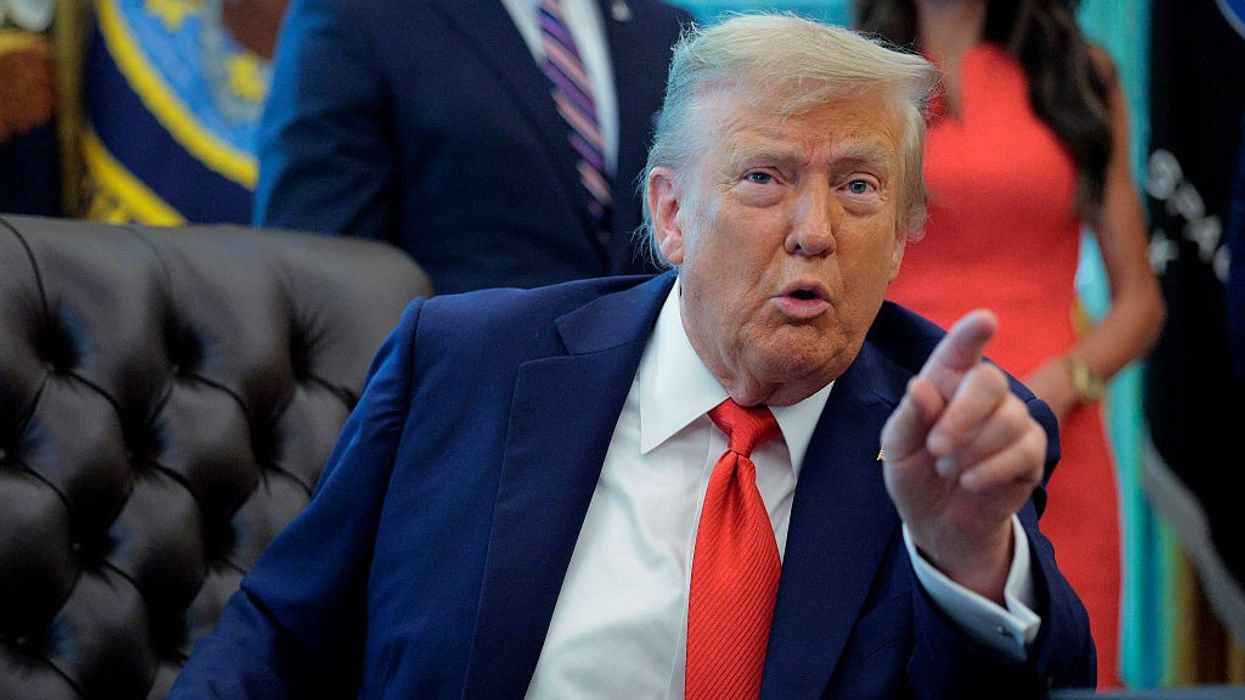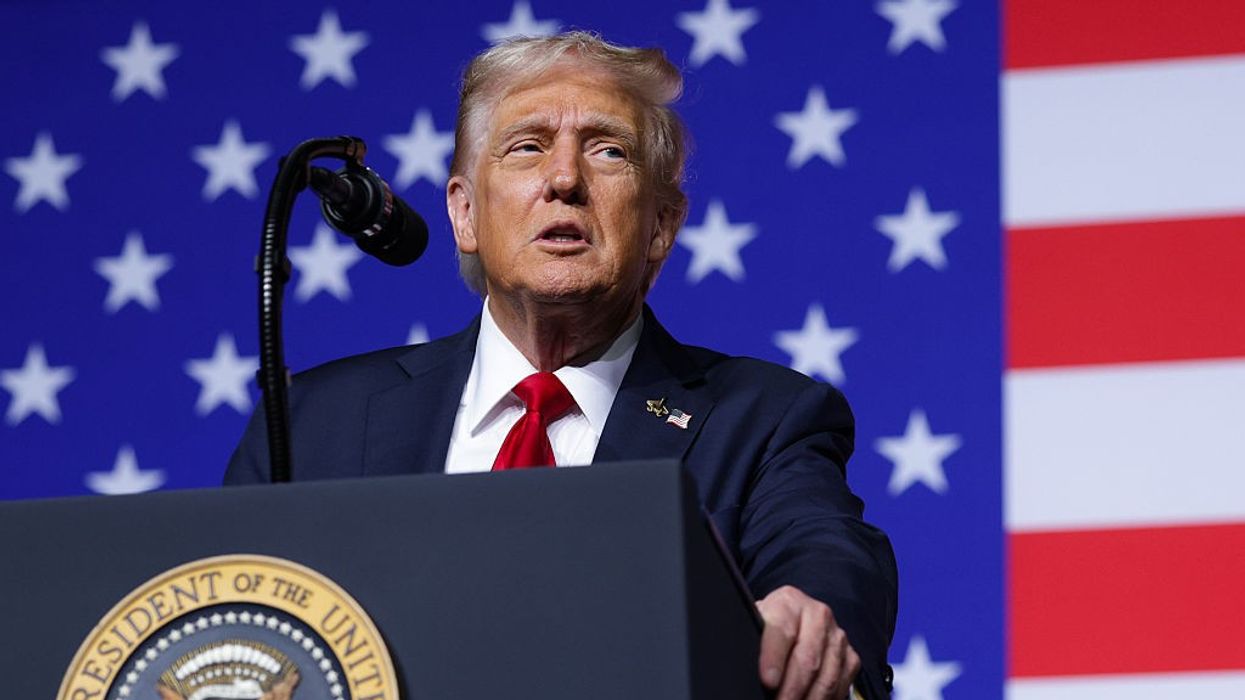India this week has gone past China to emerge as the world's most populous nation and while many see the South Asian nation potentially reaping a rich demographic dividend, there are also others who feel that the challenge has also become tougher.
Moneycontrol has reported citing economists that India, with its 1.428 billion people, needs to grow at an annual pace of eight per cent for the next three decades to ensure employment for its people of working age.
It also needs to invest heavily in equipping its workforce with skills to emerge as a global repository of human resources, they have added.
India's population is expected to touch 1.668 billion by 2050, when it will be more than 100 years old as an independent nation while China's is expected to contract to about 1.317 billion.
The United Nations Population Fund's State of the World Population Report 2023 has estimated India's mid-year population touching 1.428 billion as against China's 1.427 billion.
“India surpassing China in population is only an event. What is more important are the challenges and opportunities it will bring,” NR Bhanumurthy, vice-chancellor of the Bengaluru-based Dr BR Ambedkar School of Economics, was quoted as saying by Moneycontrol.
“Challenges are going to be much more in terms of providing employment to the working age population. We need to grow at 8-9 percent for a long time, i.e. 2-3 decades, to provide employment and social security measures. Compared to other countries, India has grown at an average of 7 percent in this decade,” he added.
India currently has the world's largest young population with 254 million people in the 15-24 age group.
Eighteen per cent of India's population is between 10-19 years of age while 26 per cent between 10-24 years of age. Sixty-eight per cent is in the age group of 15-64 years while only seven per cent is over 65 years.
“GDP is linked to productivity and skill enhancement for which structural reforms are needed. China has done the same to focus on growth by enhancing skill sets. We are already in the direction to focus on skillsets. If reforms in land, labour market can be addressed, productivity will go up,” Bhanumurthy further told the news outlet.
“Unemployment is a dynamic concept and is a problem everywhere, not only in India. Way to address it is to enhance economic activity and GDP, which will create jobs. We need to shift focus of economic activity from service-led to manufacturing as it is labour-intensive. Share of manufacturing needs to increase from 16 percent to 25 percent of GDP, then we can absorb a lot of people. China’s 10 percent growth was heavily dependent on manufacturing. Because India's service sector share is more, we are having skewed growth,” he added.
Sanghamitra Singh, Lead - Policy and Programs, NGO Population Foundation of India, was quoted as saying by Moneycontrol, “What is needed is adequate investments in education and market-ready skill building. Government needs to focus on technology and digital skill sets. It’s about a targeted approach towards creating the right combination of opportunities and skill sets and investing in the demographic.
"Growth rate of the population has steadily declined. To progress economically, investment in the younger population is a must so that they can contribute productively to the workforce. Investment in human resources leads to economic development and progress. China invested in health, education, investment in the young demographic dividend that has led to it becoming a superpower."
“We need to celebrate the substantive decline in infant and maternal mortality. We have managed to bring fertility levels to replacement levels. We need to make a strategy specific to inter-regional disparity as there are pockets where fertility rates are high. Going forward, employment may be a challenge, but first we have to address the huge mismatch, as there are jobs but not enough market-ready population. So many positions are vacant in rural hospitals and clinics. First opportunities need to be capitalised on,” she added.
A Sri Hari Naidu, economist at India's National Institute of Public Finance and Policy, told Moneycontrol that India, with a high working-age population, is capable of reaping demographic dividend, conditional upon high state capital expenditure on health, education and employment programmes.
“Did India cross China or is it because China's population growth declined over the years but India’s population growth is declining slowly? After a level of industrialisation, India directly transitioned to the service sector. India’s death rate and birth rates have gradually fallen over this transition,” he was quoted as saying.
Just eight countries in the world will account for half the projected growth in global population by 2050 — India, the Democratic Republic of the Congo, Ethiopia, Egypt, Pakistan, Nigeria, the Philippines and the United Republic of Tanzania; two thirds of people now live in a nation where lifetime fertility corresponds to zero growth, The United Nations Population Fund’s State of the World Population Report 2023 said.















